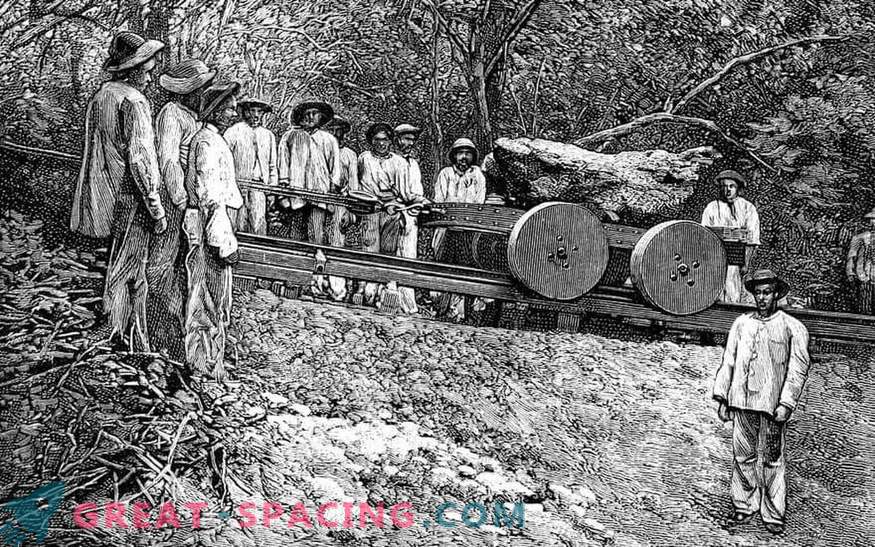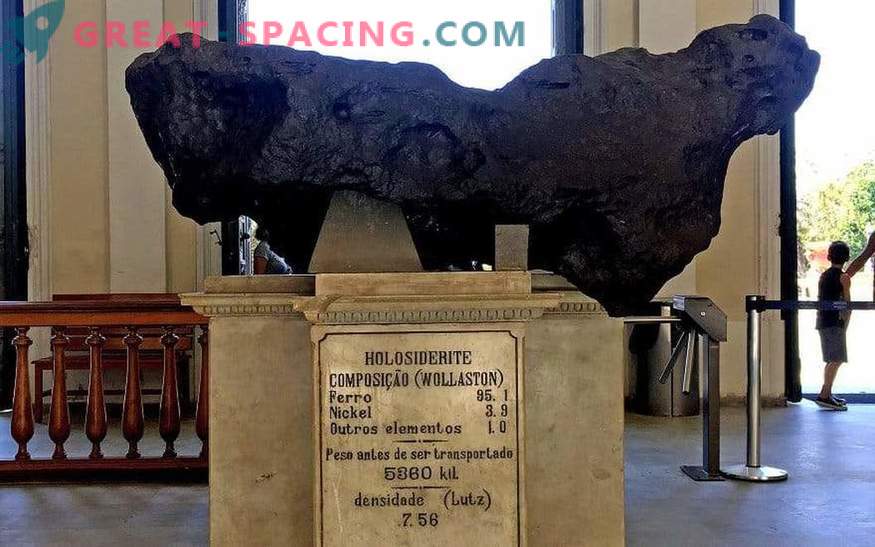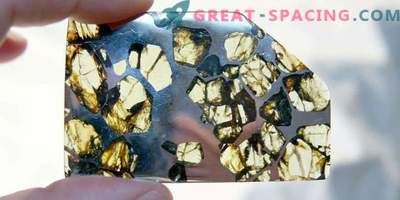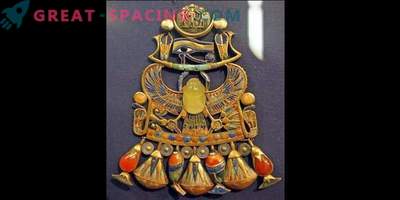
On September 2, a massive fire destroyed the National Museum of Brazil in Rio de Janeiro. Meteorite Bendego became one of the few artifacts that managed to survive. This is the largest cosmic rock ever found in Brazil.
On September 2, the National Museum of Brazil experienced a catastrophe in the form of a large-scale fire that destroyed 20 million valuable artifacts. Meteorites remained one of the few surviving exhibits. Among them was Bendego’s copper-nickel meteorite, the largest of the cosmic rocks found on Brazilian soil.
In 1784, a farmer found him near the city of Monte Santo. Its weight is 5260 kg, which is twice the average car. During the discovery period was considered the second largest on Earth.

Artistic illustration of the transportation of the Bendego meteorite from the city of Monte Santo to Rio de Janeiro in 1784
At first, the locals tried to use a wooden cart with oxen to transport the meteorite to the capital. But an accident occurred, and the cosmic rock fell into the stream. Moreover, the meteorite lay there for more than a century, until the Brazilian emperor Pedro II moved it to a museum, where it was exhibited since 1888. At the time of the fire, there were other valuable artifacts inside, including the 11,000-year-old skull of the Paleo-Indian girl Luzia, the reconstructed skeleton of a giant dinosaur Maxakalisaurus and several Egyptian mummies.

The Bendego Meteorite is located on the platform at the entrance to the National Museum of Brazil
Officials have not yet calculated the exact damage, as the investigators do not allow anyone inside until the technical specialists analyze the situation. But one of the officials said that about 90% of the exhibits were damaged and destroyed.
The safety of meteorites does not seem something surprising, because when they fall to Earth, they heat up to 1650 ° C. This temperature is enough to melt metals, like iron and nickel, but it was not so hot inside the building.











































